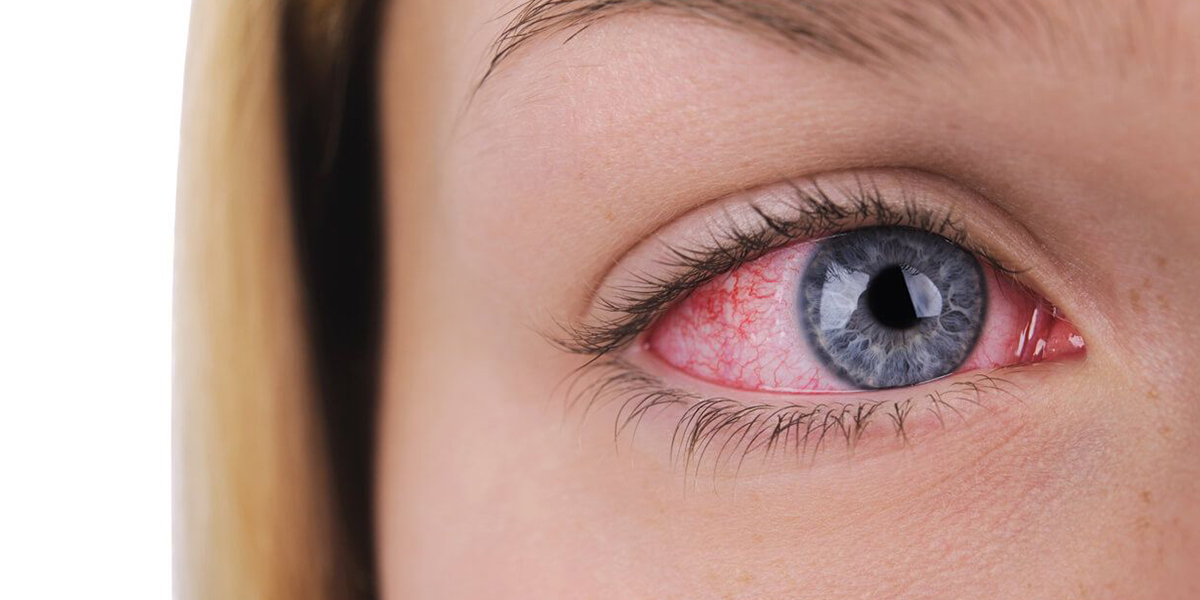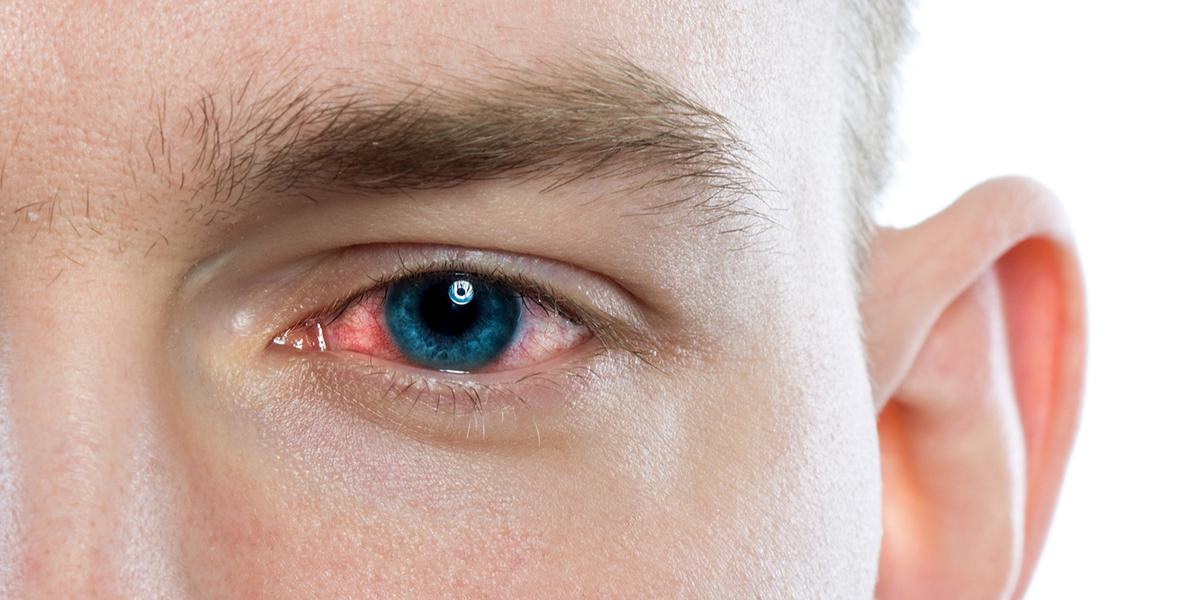
What is Dry Eye?
Dry eye, also known as dry eye syndrome or keratoconjunctivitis sicca, is a common eye condition that occurs when the eyes do not produce enough tears or when the tears produced are of poor quality. Tears are essential for maintaining the health of the front surface of the eye, providing lubrication, and helping to protect against irritants and infections. When there is an imbalance in tear production or quality, it can lead to the symptoms associated with dry eye.
Common symptoms of dry eye include:
- Dryness: A sensation of dryness or grittiness in the eyes.
- Burning or Stinging: Eyes may feel like they are burning or stinging.
- Itching: Persistent itching in the eyes.
- Redness: The eyes may appear red or bloodshot.
- Blurred Vision: Vision may become temporarily blurred, especially during activities that require prolonged focus, such as reading or using a computer.
- Sensitivity to Light: Increased sensitivity to light, known as photophobia.
- Stringy Mucus: Excessive production of stringy mucus in the eyes.
- Watery Eyes: Paradoxically, some people with dry eye may experience reflex tearing, where the eyes produce excessive tears in response to irritation.
Several factors can contribute to dry eye syndrome, including:
- Aging: Tear production tends to decrease with age.
- Gender: Women are more prone to dry eye, especially during hormonal changes like pregnancy and menopause.
- Environmental Factors: Dry or windy climates, smoke, and air conditioning can exacerbate dry eye.
- Medical Conditions: Conditions like Sjögren’s syndrome, rheumatoid arthritis, and diabetes can increase the risk of dry eye.
- Medications: Some medications, including antihistamines, decongestants, and certain antidepressants, can reduce tear production.
Treatment for dry eye typically involves managing the underlying causes and providing symptom relief. This can include using artificial tears or lubricating eye drops, lifestyle modifications, and in some cases, prescription medications or procedures like punctal plugs (small plugs placed in the tear ducts to slow tear drainage). If you suspect you have dry eye, it’s important to consult an eye doctor for a proper diagnosis and personalized treatment plan.
What Causes Dry Eye Disease?
Dry eye disease occurs when the eyes do not produce enough tears or when the quality of the tears produced is poor. This condition can result from the interaction of various factors. Here are common causes of dry eye disease:
- Aging: Tear production can decrease with age. Therefore, older individuals may experience dry eye problems more frequently.
- Gender: Women, especially during the menopausal period associated with hormonal changes, tend to be more prone to dry eye.
- Environmental Factors: Living in dry or windy climates, exposure to smoke, and low humidity due to air conditioning or heating systems can increase the risk of dry eye.
- Eyelid Structure: Improper closure of the eyelids can make it difficult to protect the eye’s surface.
- Eye Infections: Eye infections, especially those that damage the tear glands or the eye’s surface, can lead to dry eye.
- Eye Surgery or Injuries: Previous eye surgeries or eye injuries can affect the eye’s surface and increase the risk of dry eye.
- Chronic Medical Conditions: Conditions like Sjögren’s syndrome, rheumatoid arthritis, and diabetes can cause or contribute to dry eye.
- Medications: Some medications can affect the eye’s surface and increase the risk of dry eye. These medications may include antihistamines, decongestants, antidepressants, and birth control pills.
- Eye-Related Habits: Habits such as prolonged computer screen use or contact lens wear can contribute to eye fatigue, increasing the risk of dry eye.
Individuals with dry eye can use artificial tears or lubricating eye drops to alleviate symptoms. However, it’s important to consult an eye doctor to determine the underlying causes and develop a treatment plan tailored to the individual. The causes of dry eye can vary from person to person, so the treatment plan should be personalized.
Can Dry Eye Be Treated?
Yes, dry eye can be treated. The treatment can vary depending on the underlying cause of dry eye and can be tailored to the severity of symptoms. The goals of dry eye treatment may include:
Artificial Tear Replacement: This involves the use of artificial tear drops or gels to moisturize and soothe the eye’s surface. Different types of artificial tears are available, and your doctor can help you select the one that is most suitable for you.
Treatment of Eyelid Issues: If eyelid problems are obstructing the flow of tears, addressing these issues may be necessary.
Control of Eye Inflammation: In some cases, inflammation on the eye’s surface can affect tear production. Inflammation should be managed with appropriate medications.
Eye Drops and Medications: Medications recommended by your doctor can be used to reduce inflammation on the eye’s surface or to stimulate tear production.
Eye Surgeries: In rare cases, surgical interventions may be required to treat dry eye. For example, surgeries can be performed to correct eyelid issues or protect the eye’s surface.
Environmental and Lifestyle Changes: Some environmental and lifestyle changes can help alleviate dry eye symptoms. These may include working in a humid environment, taking frequent breaks during computer use, and consuming foods rich in omega-3 fatty acids.
The treatment of dry eye is personalized and can vary based on the severity of the individual’s symptoms and the underlying cause. It is important to start treatment early and follow your doctor’s recommendations to control symptoms and improve eye health. If you are experiencing dry eye problems, it is important to seek professional advice from an eye doctor or ophthalmologist.
What are the Causes of Dry Eye?
Dry eye can have multiple causes, and sometimes it can result from the interaction of several factors. Here are common causes of dry eye:
- Aging: As age advances, the natural production capacity of tears in the eyes may decrease, increasing the risk of dry eye.
- Gender: Women tend to be more prone to dry eye, especially during the menopausal period, due to hormonal changes.
- Environmental Factors: Living in dry or windy climates, being in low humidity environments, exposure to smoke, air purifiers, or air conditioning can increase the risk of dry eye.
- Eyelid Issues: Improper closure of eyelids can disrupt the tear film and increase the risk of dry eye.
- Eye Infections: Eye infections can affect tear production and the eye’s surface, leading to dry eye.
- Eye Surgeries and Injuries: Previous eye surgeries or eye injuries can affect the eye’s surface and increase the risk of dry eye.
- Systemic Diseases: Systemic diseases like Sjögren’s syndrome, rheumatoid arthritis, and diabetes can be causes or contributing factors for dry eye.
- Medications: Certain medications can impact the eye’s surface and increase the risk of dry eye. These medications may include antihistamines, decongestants, antidepressants, and birth control pills.
- Eye-Related Habits: Prolonged screen time, reduced blinking, and improper use of contact lenses are factors that can increase eye fatigue and the risk of dry eye.
The treatment of dry eye can vary based on the underlying causes and the severity of symptoms. If you are experiencing dry eye symptoms, seeking professional advice from an eye doctor or ophthalmologist is important. This can help establish a proper diagnosis and create an appropriate treatment plan.
Detailed Information, You Can contact Us Via phone, Whatsapp or e-mail.

 English
English Français
Français Deutsch
Deutsch العربية
العربية